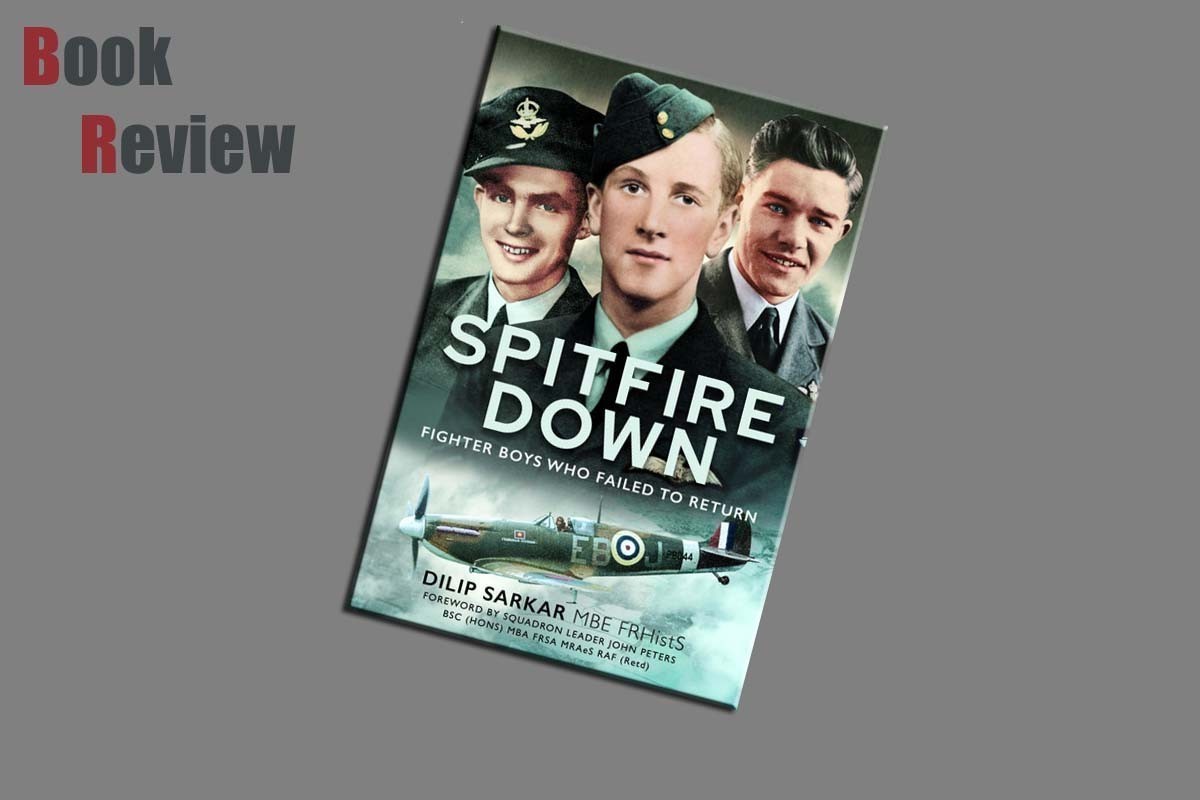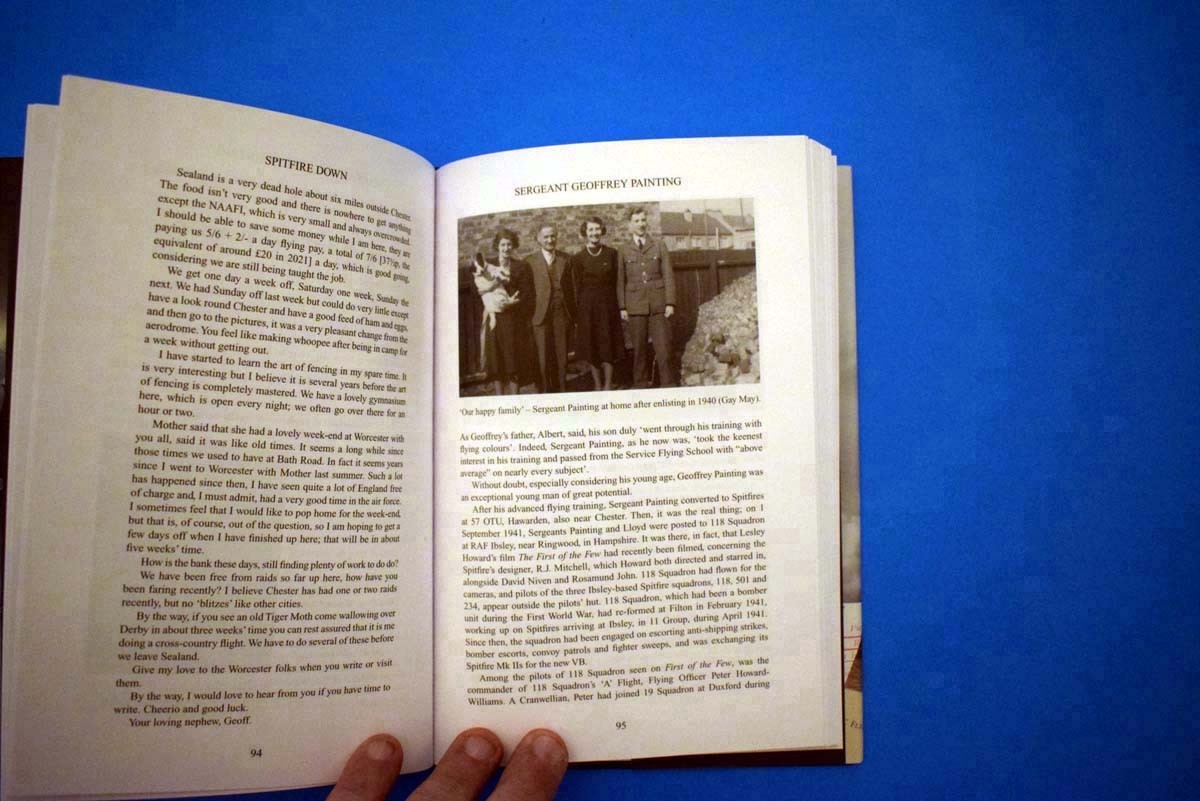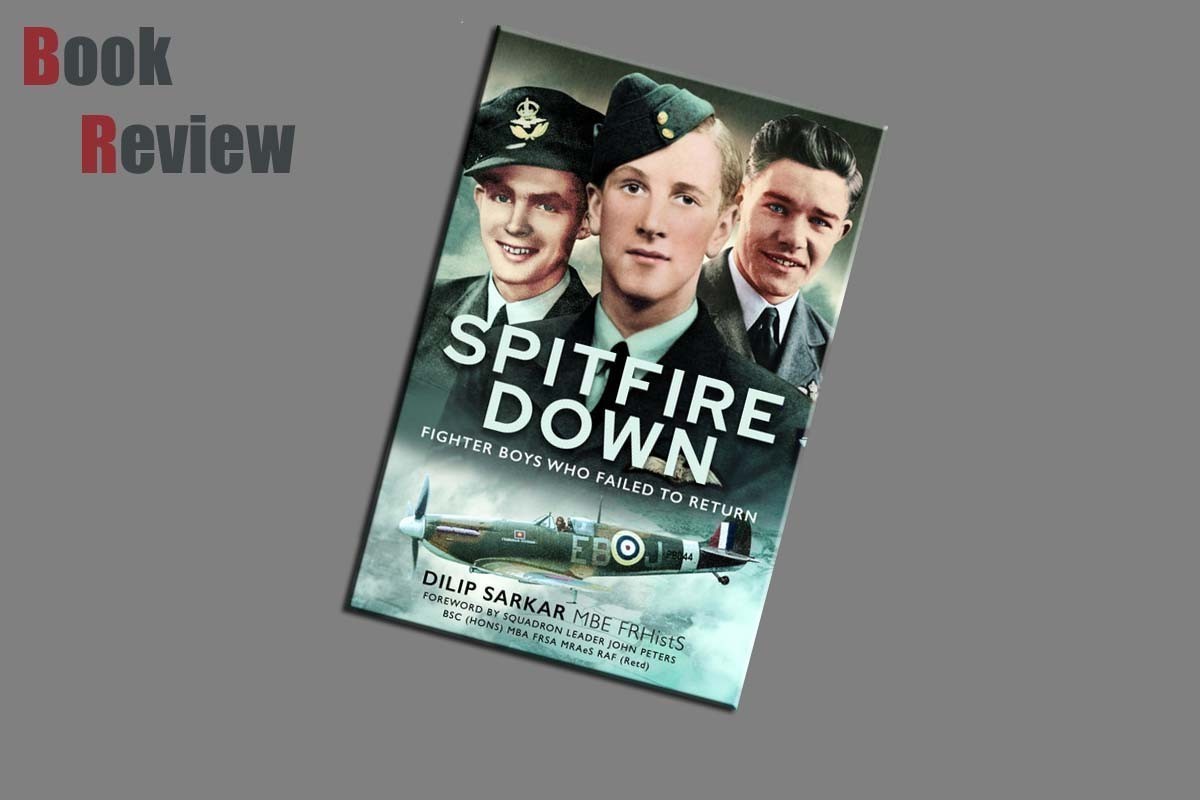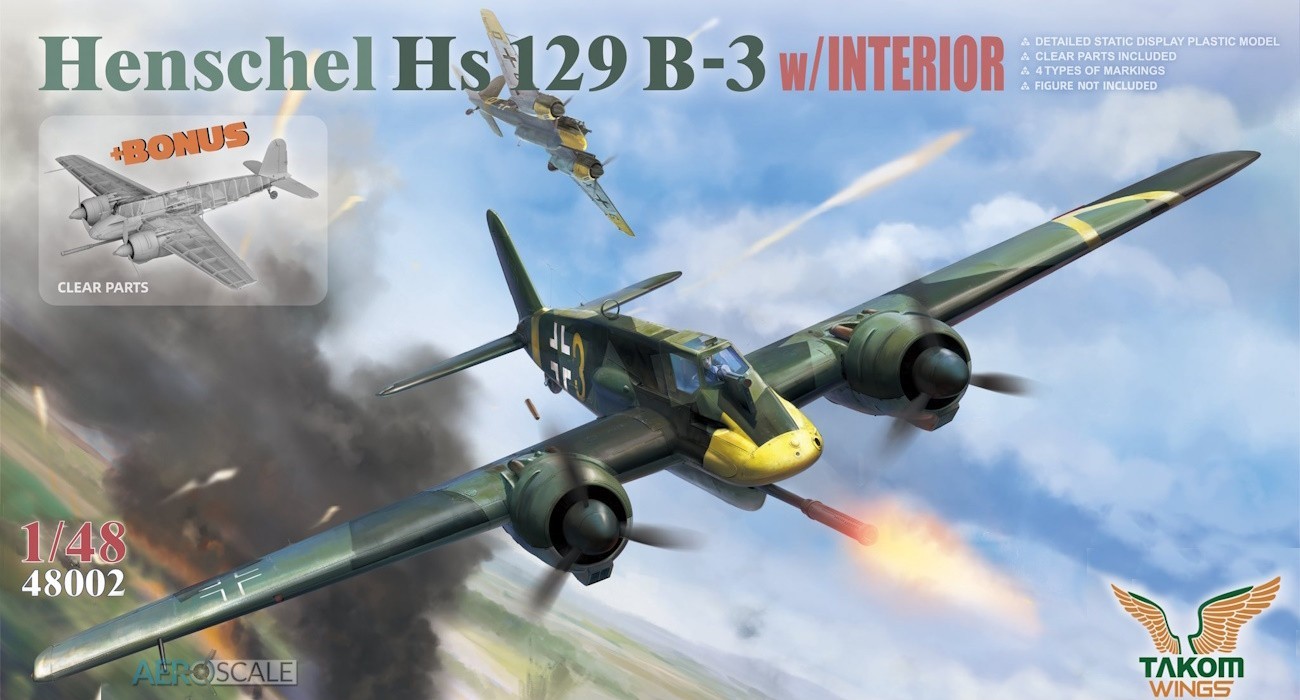
Introduction
The following introduction is taken from the Pen and Sword website:
Profoundly moved by the stories of wartime casualties as a child, Dilip Sarkar has since spent a lifetime reconstructing the lives of many of the fallen and is passionate about recording and sharing this very personal hidden history. In Spitfire Down he explores the stories of thirteen pilots who failed to return, all killed, either in action or flying accidents, whilst a fourteenth, Flying Officer Buck Casson, was brought down by a German ace over France and captured.
There is, for example, the virtually unknown story of ‘The Baby of the RAF’, Sergeant Geoffrey Painting. Posted to fly Spitfires with 118 Squadron at RAF Ibsley in Hampshire, Painting was hit by flak during an attack on enemy shipping off Cherbourg on 30 September 1941. Still listed as missing, at just 17, he is believed to have been the youngest RAF pilot killed during the Second World War. The author has reconstructed Painting’s short life with help from his family, and forensically deconstructed that last flight with the help of the now late Wing Commander Peter Howard-Williams DFC, who was flying with the teenage pilot that day.
The author also explores the heart-rending story of an American trainee fighter pilot, Pilot Officer ‘Jim Bob’ Lee, whose Spitfire collided with a Wellington bomber over Gloucestershire – resulting in the loss of all airmen involved. Two Canadian pilots perished on Pen-y-Fan, the highest peak in South Wales. The multi-national effort that defeated Hitler is further emphasised, in fact, through the stories of both Wing Commander Piotr Laguna and Flying Officer Franek Surma. But perhaps most tragic of all is how lightning struck Joan Welch twice: her first fiancée, Flight Lieutenant Lester Sanders DFC, was killed test-flying Spitfires in 1942, and her second, Pilot Officer Ian Smith, was killed flying in Palestine in 1945.
Using correspondence, diaries and other personal papers of the pilots concerned, the author has reconstructed their all-too brief lives and provided a lasting and profusely illustrated record of these sacrifices.
Review
This offering is an Air world publication, which is an imprint of Pen and Sword Books Limited. The author of this release is well known to me, due to the number of titles I have seen from him covering the fighters of the RAF during World War II. This is a hard backed offering printed in portrait style and offers 280 pages of a heavy gauge satin paper. The contents of this title are as follows:
Forward
Acknowledgements
Authors note and Glossary
Introduction
Prologue
Chapters 1 Pilot Officer Jack Pugh
Chapter 2 Sergeant Peter Rose
Chapter 3 Wing Commander Piotr Luguna VM KW
Chapter 4 Flight Lieutenant Eric Lock DSO DFC
Chapter 5 Squadron Leader Lionel Casson DFC
Chapter 6 Sergeant Geoffrey Painting
Chapter 7 Flying Officer Franciszek Surma VM KW
Chapter 8 Pilot Officer James Robert Lee
Chapter 9 Sergeants Charles Gardener and Donald Carruthers
Chapter 10 Sergeant George Lock
Chapter 11 Flight Lieutenant Lester Sanders DFC
Epilogue
Bibliography
Other Books by Dilip Sarker
Index
This book can be considered as an in depth look at how fast death came upon those who fought in the air during World War II, in this case specifically Spitfires. This book tackles the subject by taking a look at individual pilots – 12 in the case of this title and looking at their lives in service. The story is told via both word and photographs, showing a mix of details from both the period during their lives and in some cases death and goes forward in many examples to look at surviving kith and kin and their memories of the men that are no longer with us. The written content of the title gives you a chance to look at the lives these pilots lead and how they meet their end. The crash sites of the aircraft are shown at the time of the incident and in some cases long after. You also get to look at items recovered from the aircraft these men died in and that have been recovered and cleaned up long after the incident of the crash has past into history. The photographs are all black and white, and show you the young men who lived fast and died young, fighting in the skies during World War II across the globe.
Conclusion
This title allows you to look into the lives of men who died during World War II and had only just started their lives in many cases when they died. What I particularly like about this release is that it enables the person today to look into the lives of the people then at a time when very few remain, and World War II is slowly leaving living memory.





















![MiG-3 [late] ‘Winter Air Defence’ Incoming](/upload/media/posts/2025-06/20/mig-3-late-winter-air-defence-incoming_1750437150-s.jpg)





